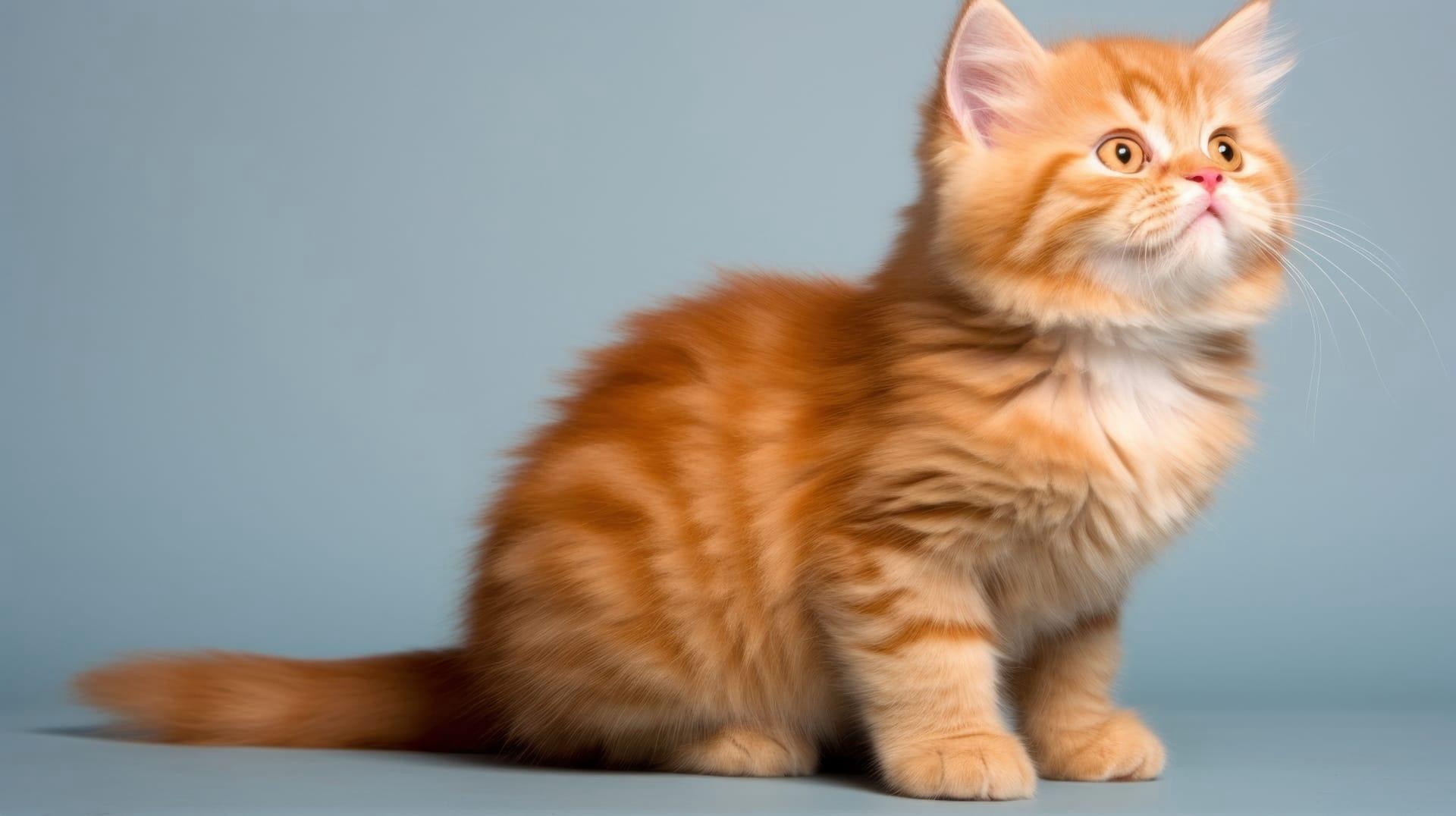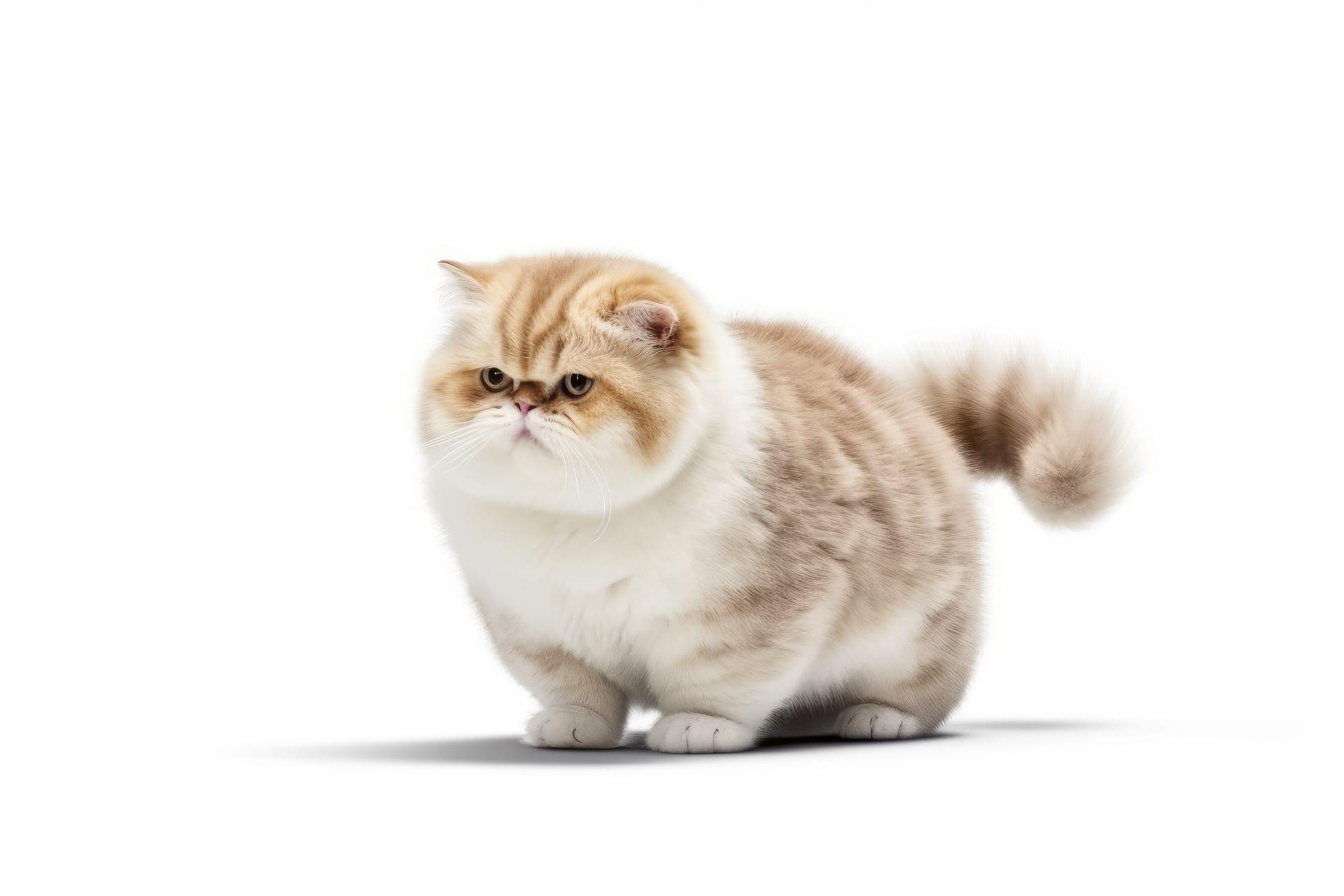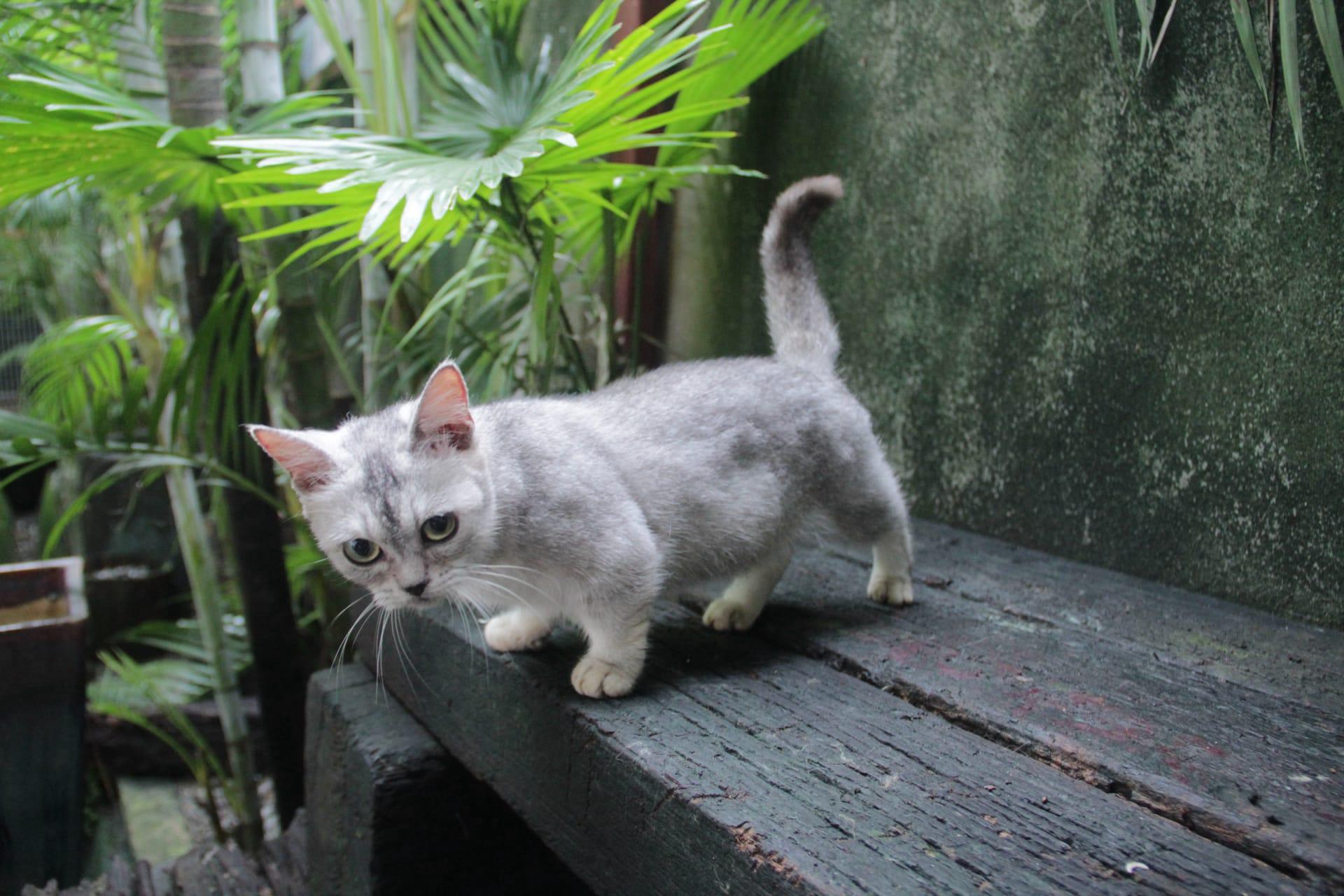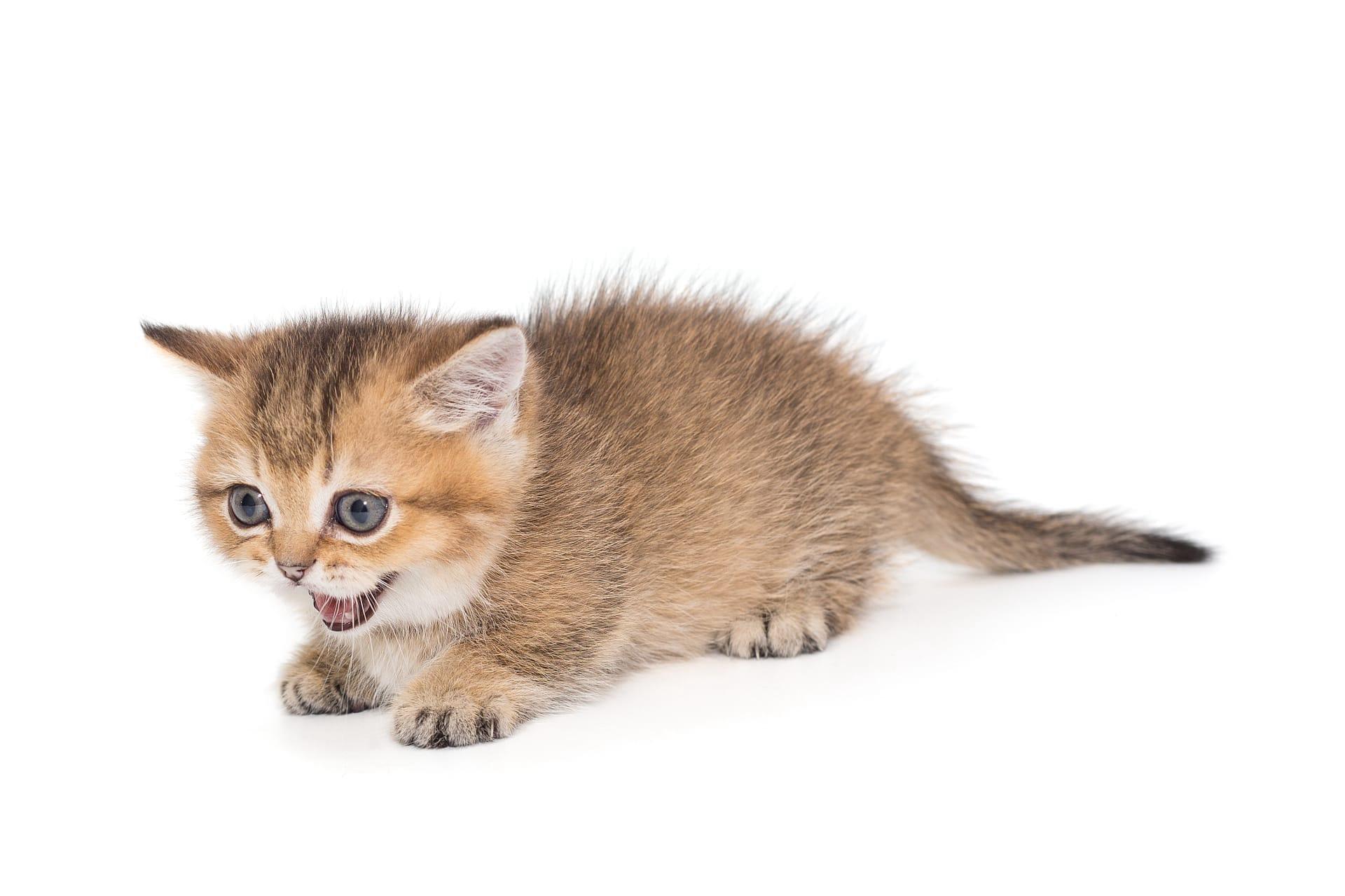1
The Munchkin cat, known for its unique short-legged appearance, owes its distinctive look to a genetic mutation. This mutation affects the long bones in their legs, resulting in much shorter limbs compared to other cats. Despite their small stature, Munchkin cats are incredibly agile and energetic. They can leap and run with surprising speed, often using their low center of gravity to their advantage. A study comparing the bone structure of Munchkin cats to that of typical domestic cats found that the length of their femur and humerus bones can be up to 25% shorter, yet this does not impede their mobility or quality of life.
Munchkin cats have a diverse gene pool, leading to a wide variety of coat colors and patterns. This diversity is because the gene responsible for their short legs is not linked to any specific coat type or color, allowing for a rich array of appearances. From solid colors like black, white, and orange to patterns such as tabby, calico, and points, Munchkin cats offer potential pet owners a spectrum of choices. Their fur can range from short and sleek to long and plush, with some Munchkins sporting a lion-like mane around their neck. This variety makes each Munchkin cat uniquely captivating, both in personality and in looks.

2
Despite their small legs, Munchkin cats are known for their curiosity and playfulness. They have a penchant for hoarding small objects and often create hidden caches of toys, shiny objects, and even household items like pens. This behavior is thought to stem from their instinctual hunting and gathering traits. Owners frequently discover these secret stashes during cleaning, uncovering a treasure trove of assorted objects collected by their feline friends over time.
Healthwise, Munchkin cats are generally robust, but they do have a predisposition to certain conditions, notably lordosis and pectus excavatum. Lordosis is an excessive inward curvature of the spine, which can affect Munchkin cats more than other breeds due to their unique body structure. Pectus excavatum, a condition where the chest bone is sunken into the body, has also been observed. While these conditions can sound concerning, many Munchkin cats lead full, active lives with proper veterinary care. Regular check-ups can help manage these issues, ensuring a healthy, happy cat.

3
The Munchkin breed's origin is shrouded in tales and folklore, but documented evidence points to a Louisiana woman who found a pregnant short-legged cat under her truck in the 1980s. She named the cat Blackberry, and half of her litter was born with the same short legs. Blackberry's offspring were the foundation for the Munchkin breed. Geneticists determined that the short-legged trait is autosomal dominant, meaning that if a kitten inherits the gene from just one parent, it will also have short legs.
Contrary to popular belief, Munchkin cats are capable of climbing and jumping, albeit not as high as their longer-legged counterparts. Their muscular hind legs give them a powerful boost, enabling them to reach furniture and ledges, just at a lower height. This ability demonstrates their adaptability and resourcefulness, showcasing that despite their short stature, they are not limited in their capacity to explore and engage with their environment.

4
International cat associations have had mixed reactions to the Munchkin breed, with some embracing them and others expressing concern over potential health issues related to their short legs. The International Cat Association (TICA) recognized Munchkins as a new breed in 1994, allowing them to compete in shows and earn titles. However, other organizations, such as the Cat Fanciers' Association (CFA), do not recognize the breed, citing ethical concerns over breeding for physical traits that could impair health and welfare.
Munchkin cats have a sociable and affectionate nature, making them excellent companions. They are known for their ability to get along well with children, other cats, and even dogs. This breed's friendly demeanor is complemented by its playful spirit, often engaging in games and activities with their human families. Their intelligence and inquisitive nature make them quick learners, capable of mastering tricks and commands, further cementing their status as beloved pets in households around the world.

5
The popularity of Munchkin cats has led to the development of several new breeds through crossbreeding. Notable among these is the Sphynx Munchkin, a blend of the hairless Sphynx cat and the Munchkin, which combines the distinctive short legs with the hairless trait of the Sphynx. Another popular crossbreed is the Scottish Fold Munchkin, which features the Munchkin's short legs and the Scottish Fold's unique ear folding, resulting in an irresistibly cute and compact feline.
Despite their playful and outgoing nature, Munchkin cats have a tendency to stay relatively close to the ground. They often prefer engaging in floor-based play, such as chasing balls or interactive toys, over more aerial activities. This preference does not detract from their playful spirit; instead, it highlights their adaptability and the joy they find in simple pleasures. Munchkin cats' unique combination of physical traits and personality makes them a fascinating and endearing choice for cat lovers.